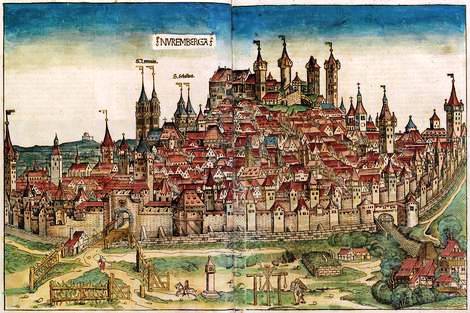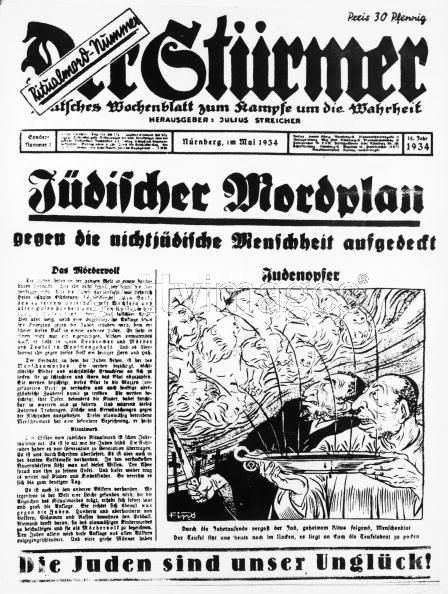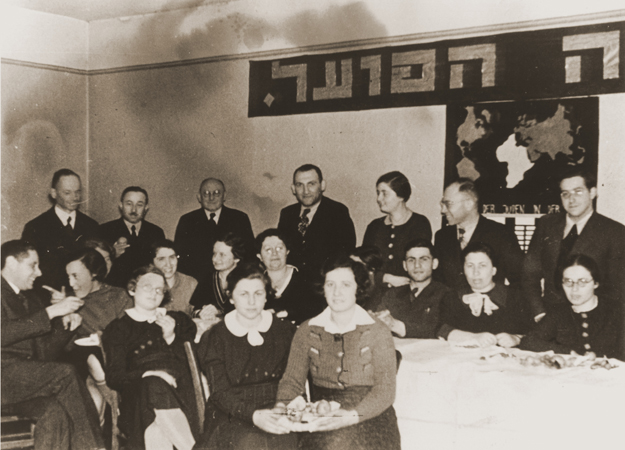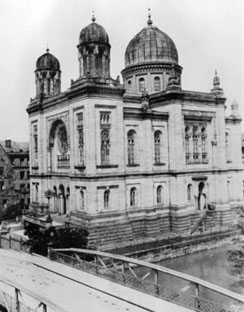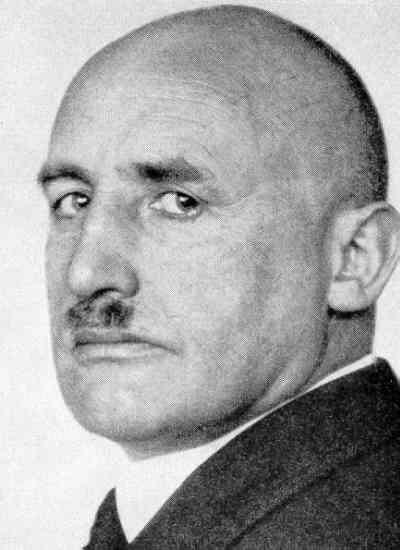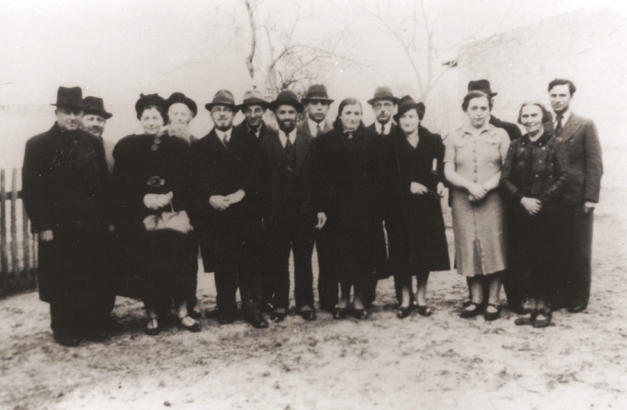Holocaust Education & Archive Research Team |
|
Occupation German Occupation of Europe Timeline
-
[The Occupied Nations]
Poland Austria Belgium Bulgaria Denmark France Germany Greece Hungary Italy Luxembourg The Netherlands Norway Romania Slovakia Soviet Union Sudetenland | ||||||||||||||||||||||||||
Nuremberg
Nuremberg is a city in the German state of Bavaria, and forever synonymous with the Nazi rallies which were held annually from 1927 to 1938, the infamous Nuremberg Racial Laws and the home of Julius Streicher the publisher of Der Sturmer, which was fiercely anti-Semitic.
Jews had lived in Nuremberg from the 12th century, the Jewish community knew periods of prosperity and growth, as well as riots and expulsions, in 1922 the Jewish community was 9,280 the second largest in Bavaria.
Many of Nuremberg’s Jews were affluent merchants, industrialists, bankers and professionals. Their situation took a turn for the worse after the founding in Nuremberg of Der Sturmer, the notorious Nazi weekly newspaper, by Julius Streicher in 1923.
This was also the year of Hitler’s putsch attempt in Munich, and 1923 young uniformed Nazi’s roamed the streets of Nuremberg attacking hundreds of Jews and desecrated the Jewish cemetery. One Jew died of his wounds, during these disturbances.
The Reich Union of Jewish Frontline Soldiers reacted by posting armed guards at Jewish community institutions, riots against Jews continued and intensified after the Nazis success in the 1930 elections.
In Nuremberg assaults on the Jewish community after the Nazis rise to power were worse than in other German cities, on the 20 July 1933, SA storm-troopers broke into four hundred Jewish houses and confiscated cash and savings accounts; some 300 Jews, most of them members of the fraternal order B’Nai B’rith were arrested by the SA, herded into empty lots in the suburbs, and beaten up.
From the beginning of the Nazi regime in January 1933 until the 31 March 1934, 1,476 Jews left Nuremberg. The rate decreased sharply thereafter, and in the year beginning April 1937, only 298 Jews left the city.
The Nazis efforts to rid the city of its Jews were countered by the Jews radical re-organisation of their religious, educational, cultural, and social life, with the object of making themselves independent of their hostile environment.
At the same time the Jewish community organisation’s revenue and expenditures increased, unlike those of other Jewish communities in Germany. This was made possible by the Jews generally strong economic condition, with 728 Jewish enterprises still in existence at the end of 1936.
On the 8 November 1937 an exhibition opened in the city, “The Eternal Jew,” portraying the Jew as a taskmaster for international Bolshevism, aimed at enslaving Germany within the Soviet system.
On the 10 August 1938 on the orders of Streicher, the Great Synagogue and the adjacent Jewish community building were torn down, under the pretext “that they were spoiling the look of the city.” The synagogue’s Jewish Stone, a remnant of a medieval synagogue that served as the base for the Holy Ark, was saved by a non-Jewish architect.
On Kristallnacht, which took place throughout the Reich, at 2.00am, SA men armed with sticks gathered in the main city square and set fire to the Adas Israel synagogue, and the Ahiezer prayer hall.
Gangs of Nazi thugs went on a rampage through the streets of the city attacking Jews and wounding hundreds of them; sixteen Jews were murdered and ten committed suicide. These twenty-six victims constituted a substantial proportion of the total loss of life among German Jewry on Kristallnacht.
One hundred and sixty Jews living in Nuremberg were arrested and ill-treated in the city’s prison, and most of them were later sent to the Dachau concentration camp, hundreds of Jewish apartments and businesses were ransacked by the Nazi hoodlums.
Sensing now that the tide had turned the Jews of Nuremberg began to flee the city, Nazi Party leaders encouraged city officials bought up Jewish-owned property at a fraction of its value. The corrupt practices at this time were so outrageous that the authorities had to set up a commission of inquiry, which denounced the events that had taken place and called for the punishment of those responsible.
On the 29 November 1941, 535 Jews from Nuremberg were deported to Riga; on the 24 March 1942, 650 Jews were sent to Izbica near Lublin; and on the 10 September of that year, 686 Jews were deported to Theresienstadt.
From these three deportations, only a handful of Jews survived, another 139 Jews were deported in four different groups, and 67 more were deported on an individual basis. In the autumn of 1942, after several dozen Jews had been transferred to the nearby city of Furth, the only Jews left in the city were those married to non-Jews.
The Nazi newspapers boasted that Nuremberg had become Judenrein – cleansed of Jews. The city was severely damaged by the Allied bombing campaign, on the 2 January 1945 the medieval city centre was systematically bombed and about 90 percent of it was destroyed in one hour, with 1,800 loss of live and 100,000 people displaced, further bombing raids in February 1945 and in total circa 6,000 Nuremberg residents are thought to have been killed in the Allied air raids.
Transports Timeline:
About 65 of the former inhabitants returned after the war and a community was reorganized, which numbered 181 in 1952 and 290 in 1970. In 1984 a new community center with a synagogue was opened. The Jewish community numbered 316 in 1989; 200 in 1990; and about 1,450 in 2005. More than 80 percent of the members are immigrants from the former Soviet Union.
The Soviet Union wanted the war crimes trial to be held in Berlin, but the other victorious Allied Governments wanted the trials to be held in the American Zone, in a city which symbolised the Nazi Party, and the Palace of Justice was spacious and undamaged, with a large prison as part of the complex.
The trial began on the 20 November 1945 and it ended on the 1 October 1946 with most of the leading Nazis being sentenced to death, or long prison sentences
The History of the Second World War – published by Purnell London 1966 Encyclopaedia of Jewish Life Before and During the Holocaust, edited by Shumel Spector, published by New York University Press 2001 Nuremberg State Archives Wiener Library Chris Webb Archive Holocaust Historical Society
Copyright Chris Webb & Carmelo Lisciotto H.E.A.R.T 2010
|
